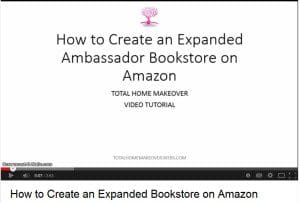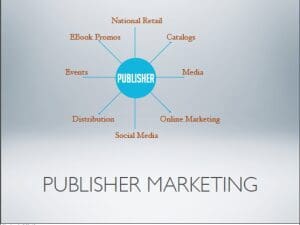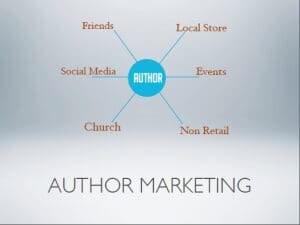A great author photo can say just as much about a title as…well…the title! Author photos are key selling tools in the publishing world, and you want to make sure yours stands out. Your photo will be featured on your books, as well as on any blogs, websites or social media you produce. Sometimes, your author photo can even make or break a signing gig. It may sound like a daunting task, but a few simple principles are all you really need to get a shot that shines. So, stand up straight, check your teeth for spinach, and smile!
Be Authentic
The goal of an author photo is to establish a connection between you and the viewer. Showing your personality is great, but be careful not to overdo it. You want the photo to be current, relatable, and YOU. Be authentic to yourself and your genre. If you write upbeat devotionals, don’t take your photo in a gloomy graveyard. If you’re writing about the struggles of high finance in the business world, that baseball hat and shorts just aren’t going to cut it. In the same vein, pick a pose that displays your personality, but avoids tropes.

DO Be Genuine and Personable.
Light It Up
Proper lighting in photography cannot be stressed enough. The light should not be bright enough to obliterate the shadows on your face, but it should bring out your eyes. Dark and moody is usually not going to be a good choice: you’ll get dark circles under your eyes, you’ll look tired, and your neck is going to vanish into the background. Speaking of backgrounds, this is a good time to consider where your photos will be taken. Outdoors is a great choice, especially in the late afternoon, but you could also do them indoors, preferably next to a window with a lot of natural light.

DON’T Forget that Lighting is a Key Element in a Great Author Photo.
Focus In
Your face needs to be the center of attention in your photo. This doesn’t mean that you have to be centered in the frame, but it does mean that you should be the most prominent feature. Remember, the spotlight is you—your face should be in focus. Solid colored clothing is a great choice for author photos: prints distract from your face. Make sure you don’t blend into the background and you’re all set.

DON’T Focus on Something Other Than Your Face.
Hi Resolution
This is not a time to show off your selfie skills. This photo is going to be on the back of your book, on your website, on your blog, on your facebook, and several places between. Your iphone is nice, but your readers will be able to tell. Trust us on this one. All photos should be 300dpi, with room to crop down if needed.

DON’T Use a Selfie.
Go Pro
It’s tempting to go DIY with author photos, but it’s better to leave this project to a pro. If you’re going the budget route, check with local university art programs—often a student photographer will give you a great deal for their time, and it will look much better.

DON’T Use a Candid Snap Shot.
Investing in a good photographer is an investment in your book. Your photographer will know what light is working best, how to position your hands, and can help address any problems you encounter along the way.

DO Use a Professional to Capture a Great Author Photo!
** Special thanks to Ambassador intern Josh for modeling all of our author photo dos and don’ts! **











 For the last number of years I’ve been attending writers’ conferences across the Southeast as a publisher and enjoyed meeting with perspective authors, as I attended these conferences I found a common thread that many authors although they perhaps had good manuscripts had no real grasp on how to market their book or what to do next.
For the last number of years I’ve been attending writers’ conferences across the Southeast as a publisher and enjoyed meeting with perspective authors, as I attended these conferences I found a common thread that many authors although they perhaps had good manuscripts had no real grasp on how to market their book or what to do next.
